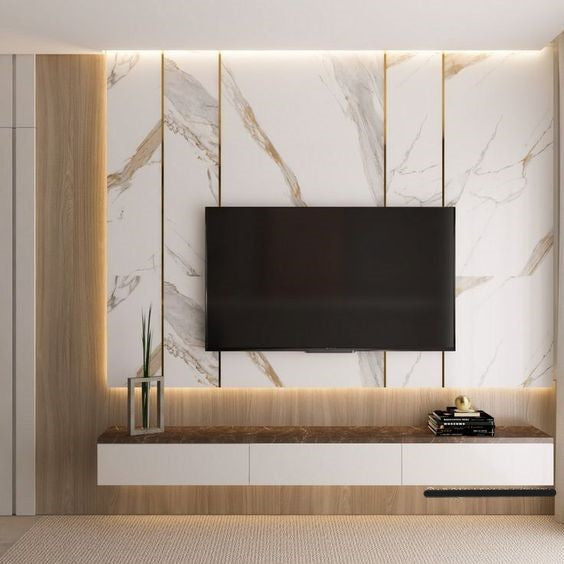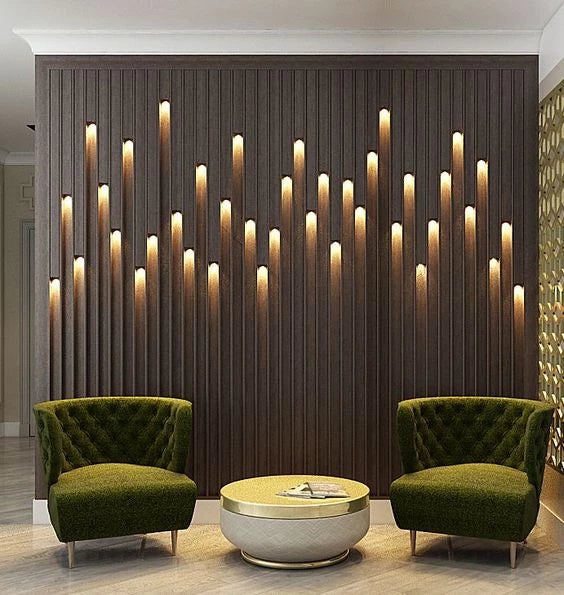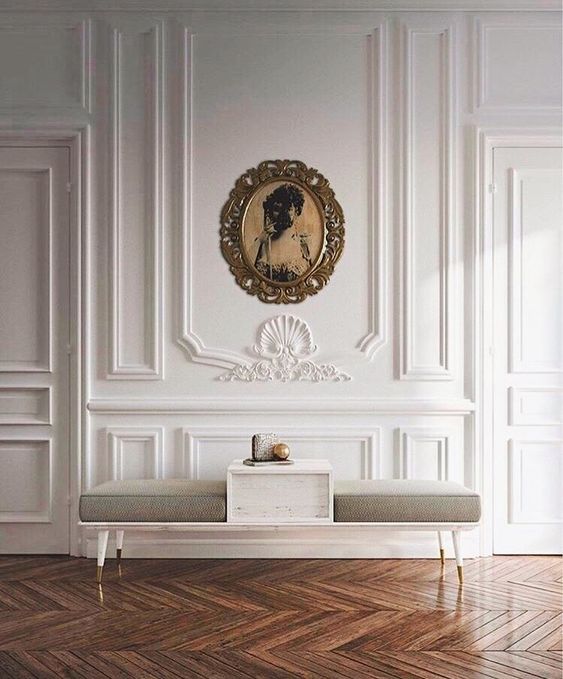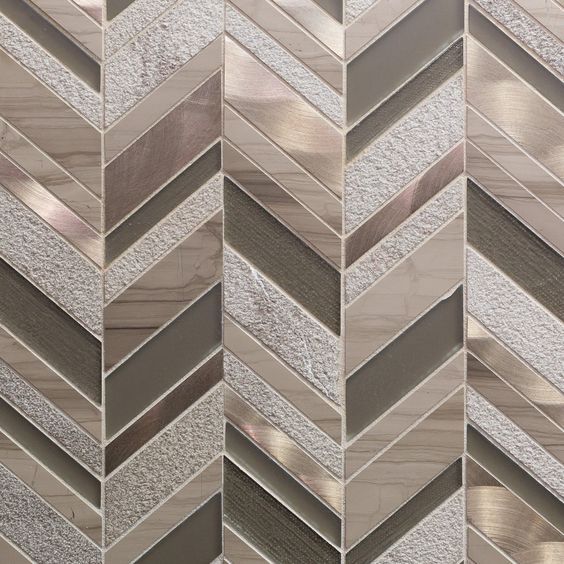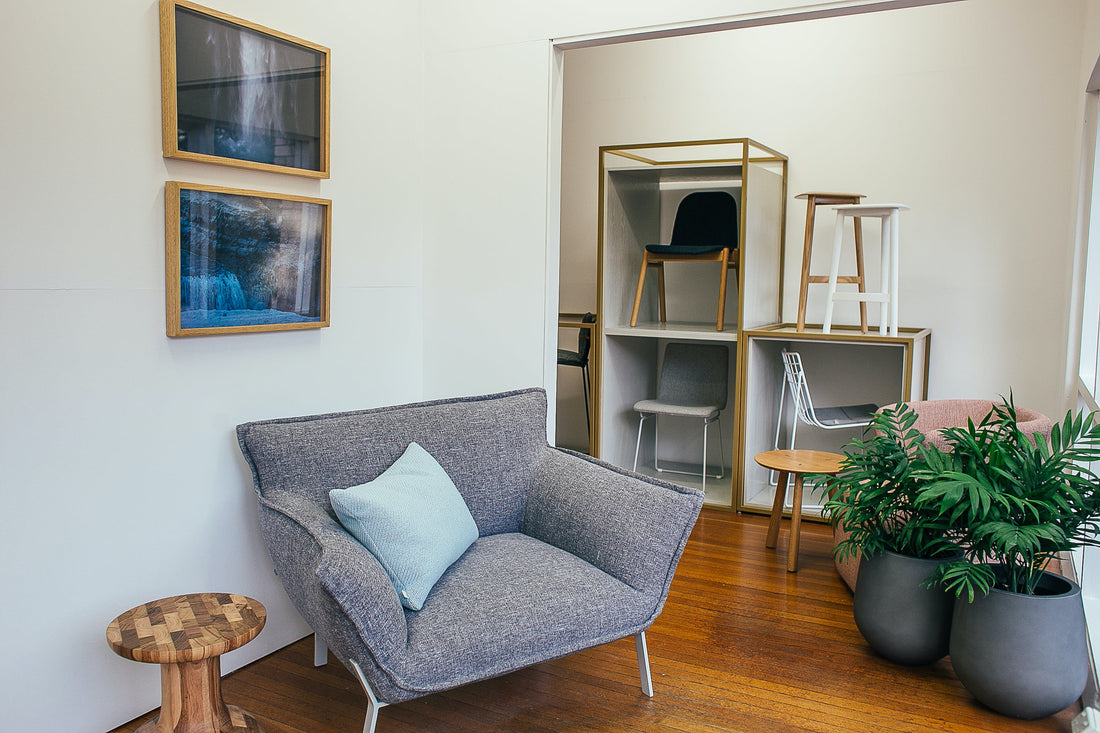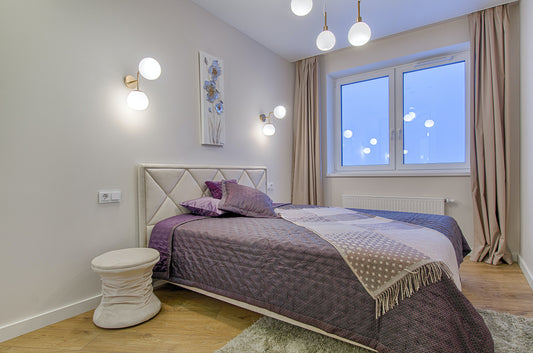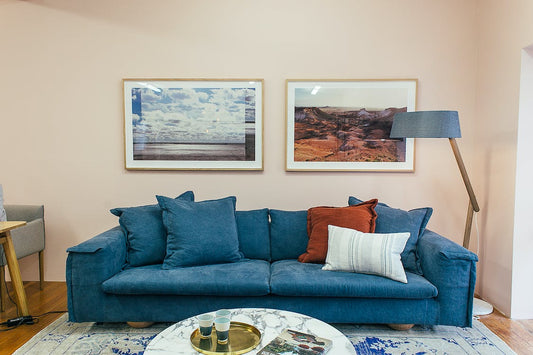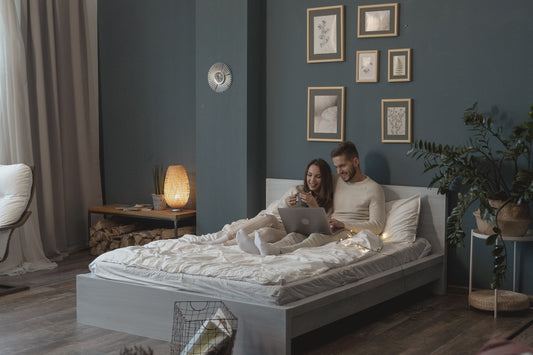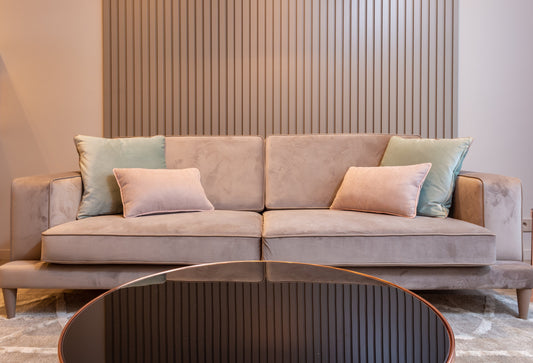Scandinavian Minimalism, a design philosophy originating in the mid-20th century, has gained immense popularity in contemporary home decor trends. Rooted in simplicity and functionality, this aesthetic has its origins in the Nordic countries of Denmark, Sweden, Norway, and Finland. Emerging as a response to post-war excesses, it reflects a desire for uncluttered, serene living spaces. The enduring appeal of Scandinavian Minimalism lies in its clean lines, harmonious designs, and a commitment to timeless elegance, making it a significant influence on modern interior design.
Principles of Scandinavian Minimalism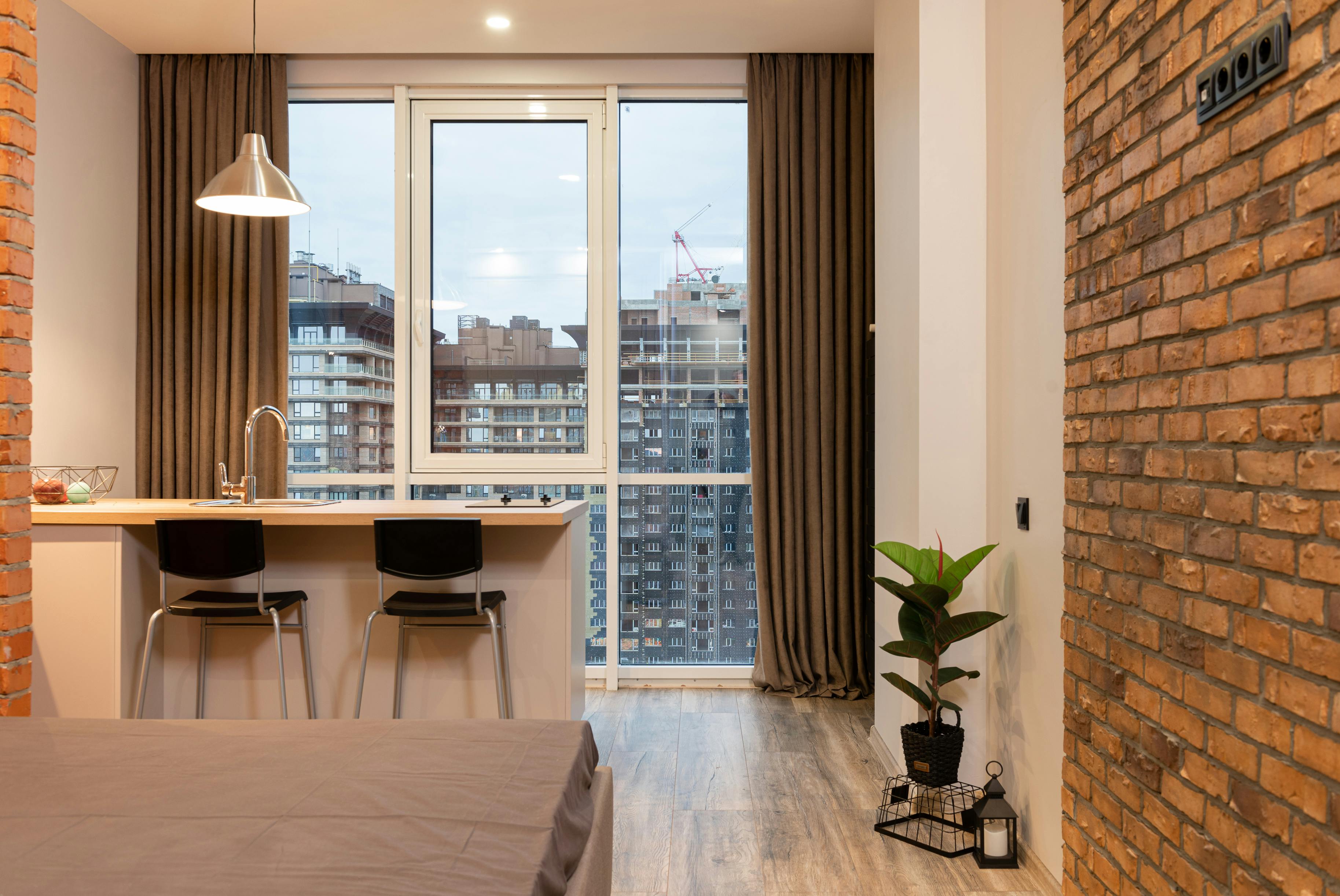
At its core, Scandinavian Minimalism revolves around the principle of simplicity. Clean lines and simple forms define furniture and decor, contributing to a sense of tranquility and order. The emphasis on functional design ensures that every element serves a purpose, promoting efficiency without compromising aesthetics. The choice of a neutral color palette, including whites, grays, and muted tones, enhances the feeling of spaciousness and simplicity, while a deliberate emphasis on natural light creates a bright and airy atmosphere. Additionally, Scandinavian Minimalism champions decluttered spaces through minimalist furniture and accessories, coupled with thoughtful storage solutions that eliminate visual chaos, resulting in a serene and unencumbered living environment.
Incorporating Nature into Minimalist Design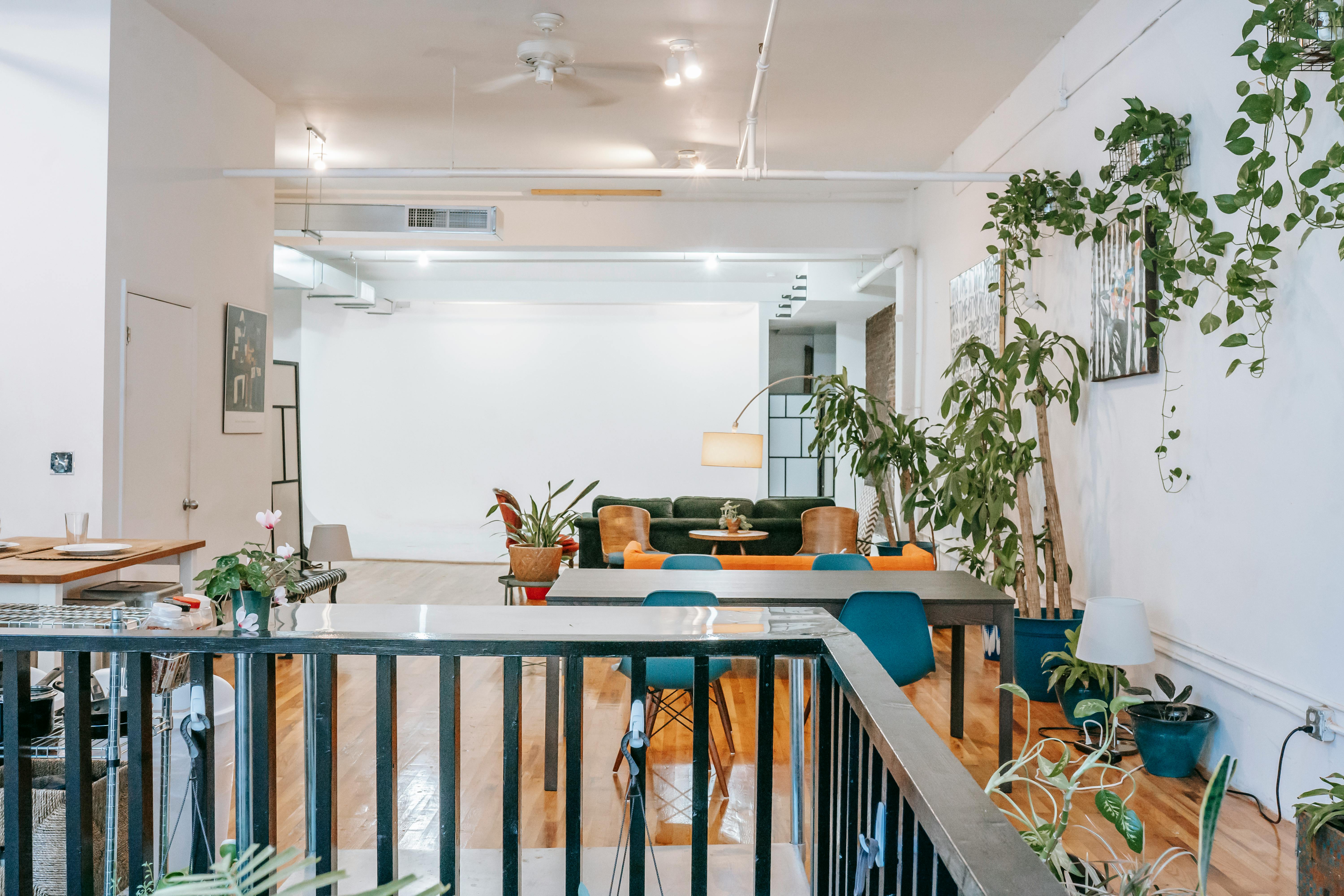
Scandinavian Minimalism, renowned for its simplicity and functionality, places a significant emphasis on integrating natural elements into home decor. One key aspect is the incorporation of wooden accents and furniture. This involves the use of light-toned, natural wood to create a warm and organic feel within the space. The inclusion of wooden elements not only adds visual interest but also aligns with the minimalist philosophy of simplicity and authenticity.
Moreover, indoor plants and greenery play a pivotal role in bringing nature indoors. Scandinavian Minimalism encourages the use of potted plants and strategically placed greenery to introduce a touch of nature within the home. This not only enhances the aesthetic appeal but also contributes to a healthier indoor environment, promoting a sense of tranquility and well-being.
Achieving Scandinavian Minimalism on a Budget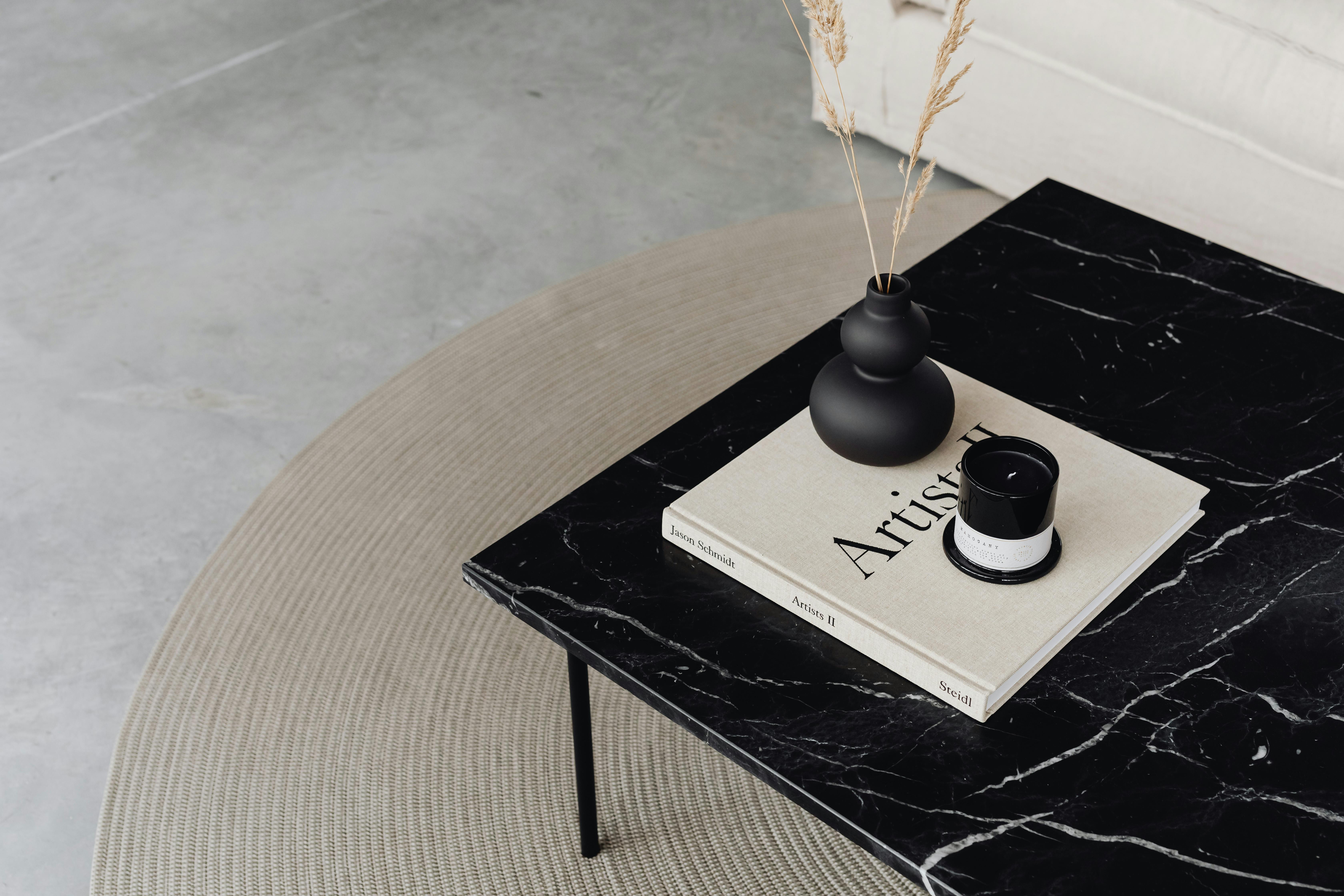
Embracing Scandinavian Minimalism on a budget is not only feasible but also opens up creative opportunities. Affordable minimalist furniture and decor options are abundant, with numerous budget-friendly retailers offering sleek and simple designs. DIY and upcycling ideas further provide a cost-effective avenue for personalizing one's space. Crafting minimalist decor pieces or repurposing existing items allows individuals to tailor their surroundings while adhering to a budget.
In addition, effective budget management in achieving Scandinavian Minimalism involves prioritizing key pieces. By identifying and investing in essential elements that define the minimalist aesthetic, such as a streamlined sofa or a functional dining table, individuals can create a stylish and uncluttered living space without breaking the bank. These strategic choices empower individuals to embrace the beauty of Scandinavian Minimalism while adhering to financial constraints.
Case Studies: Scandinavian Minimalist Homes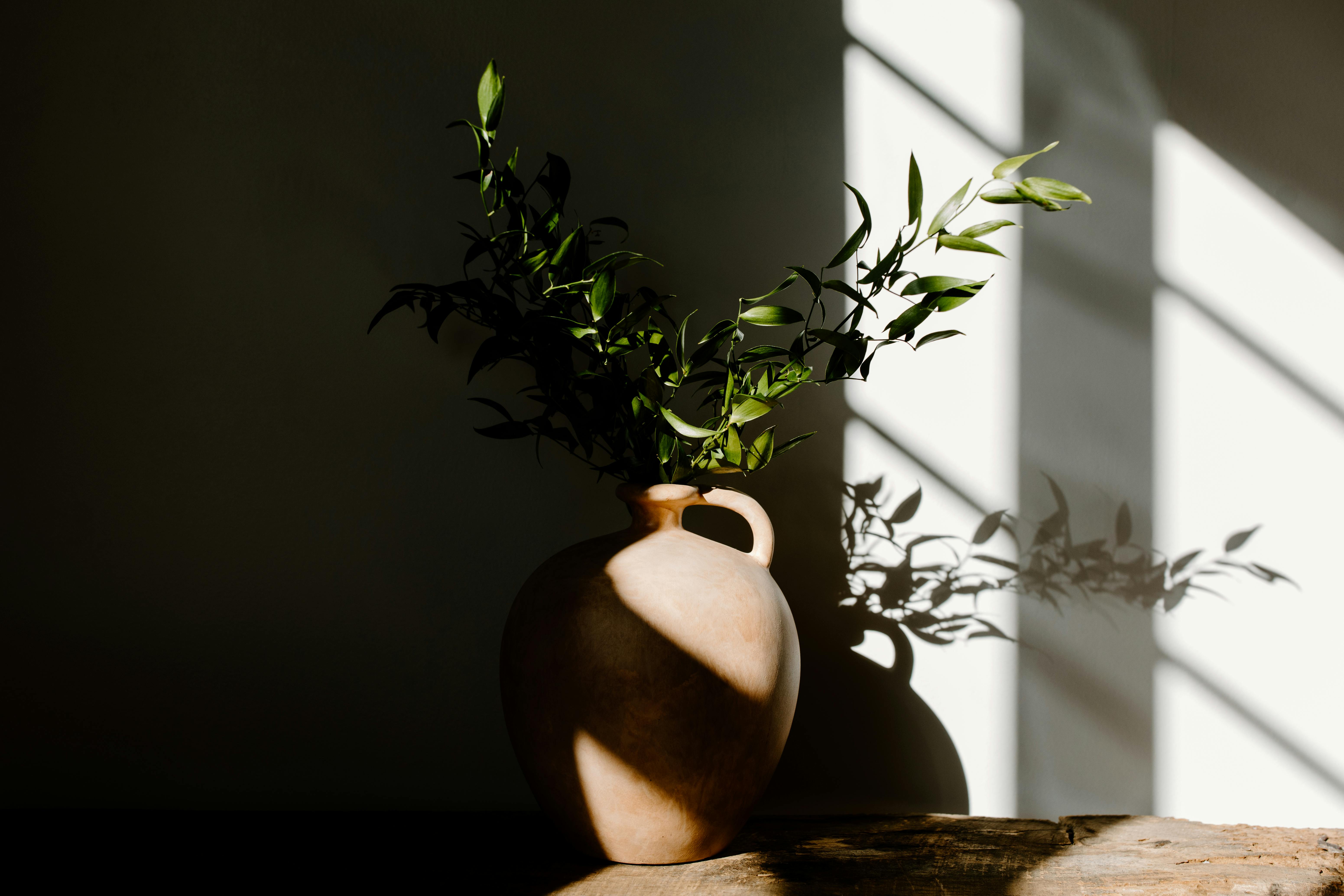
Scandinavian Minimalism has found resonance in real-life homes, embodying a harmonious blend of functionality and aesthetics. One exemplary case study is the transformation of a small urban apartment. By incorporating key design elements such as clean lines, a neutral color palette, and multifunctional furniture, the space underwent a remarkable before-and-after change. The strategic removal of unnecessary clutter and the addition of natural elements like potted plants enhanced the overall ambiance, creating a serene and inviting atmosphere. This case study serves as a testament to the transformative power of Scandinavian Minimalism in maximizing space and elevating the visual appeal of a home.
Interviews with homeowners and designers further illuminate the decision-making process and the nuances of adopting Scandinavian Minimalism. Homeowners often express a desire for a more serene and organized living environment, with the minimalist approach offering a solution to these aspirations. Designers highlight the challenges of striking a balance between simplicity and functionality while emphasizing the benefits of improved spatial flow and enhanced well-being. These firsthand insights provide valuable perspectives for those considering a shift towards Scandinavian Minimalism in their homes, offering a realistic portrayal of the rewards and considerations involved in embracing this design philosophy.
Conclusion
The case studies exemplify the enduring allure of Scandinavian Minimalism. A recap of its fundamental principles, including simplicity, a neutral color palette, and a connection to nature, underscores its timelessness. The adaptability of this design ethos is evident in the diverse homes featured, showcasing its applicability across varying spaces and styles. The encouragement for readers to explore and incorporate minimalist design in their homes stems from the proven transformative effects witnessed in these case studies. As we conclude, the enduring charm and adaptability of Scandinavian Minimalism beckon homeowners to embark on a journey of intentional living and design refinement.

